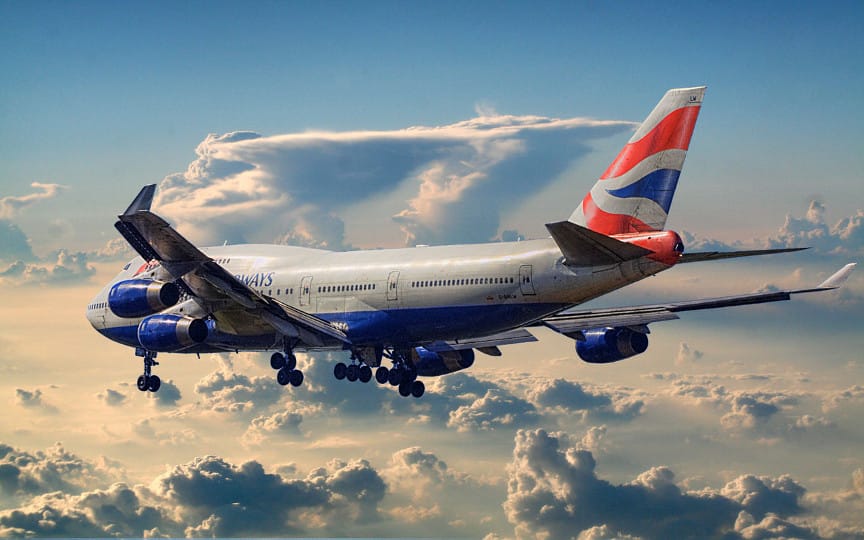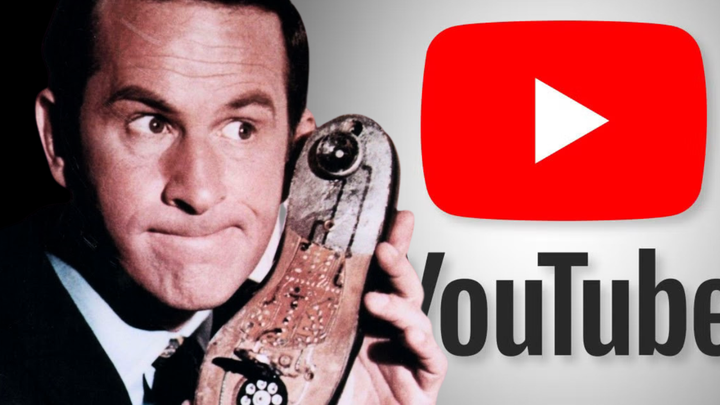The sky’s happy behemoth: The amazing career of the Boeing 747.
The huge plane has been flying for over 50 years. How much longer will it grace our skies?

On September 30, 1968, now more than 55 years ago, one of the world’s largest airplanes was rolled out of a colossal hangar and factory in Everett, Washington to the delight of reporters, photographers, visitors and airline representatives who had gathered for the occasion. Boeing Company, one of the world’s most important aircraft manufacturers, was unveiling to the public its ambitious new project: a “jumbo jet” (those words were new in 1968) called the 747. This was the largest passenger airliner ever created, designed to haul over 500 people, their gear plus cargo on potentially long hauls between continents. The Boeing 747, which went on its first commercial flight for Pan Am Airlines on January 22, 1970, was a big hit with airlines and the public. Given its superlative design, flashy publicity and marketing and its distinctive shape that made it instantly recognizable, the 747 quickly flew into popular culture, becoming a sort of friendly behemoth that was as much a cultural icon of the golden age of air travel as an achievement in aviation engineering or as a commercial product.
Numerous books could be (and have been) written about the story of the 747 from idea to reality. Suffice it to say that the condition of the aviation industry in the mid-1960s, when air travel was not only booming but also glamorous, made a plane like the 747 probably inevitable. Juan Trippe, pioneer of commercial aviation and head of Pan Am, suggested to Boeing that it should build a plane twice the size of its popular 707, which was the first passenger jetliner to truly revolutionize air travel beginning in the late 1950s. Trippe and Pan Am in fact had pioneered the 707; the twin deals that Trippe made with Boeing, for the 707, and Douglas Company, for its competitor the DC-10, had ensconced Pan Am as basically the owner of the cultural development that became known as the Jet Age. This story is a central one in my upcoming deep-dive YouTube video on the rise and fall of Pan Am. One must understand what happened with the 707 before the story of the 747 makes sense. The 747 was an attempt to recapture lightning in a bottle.
Boeing CEO William Allen jumped at the idea of one-upping the 707 with an even bigger airliner – from which he could derive significant profits – but he recognized not only that the new jumbo jet must be designed and built in a big hurry, but that its heyday, if there was to be one, wouldn’t last very long. Trippe knew this too. In the late 1960s everyone assumed the next frontier in air transportation would be the supersonic transport or SST. What would become the Concorde, in fact, was already in development. Thus a big conventional jet might only have a few years of profitable service before faster SSTs replaced them. Still, Allen decided to gamble, and it was a big gamble. Essentially the entire company was mortgaged to pay not only for building the plane, but building a factory big enough to build the plane, which did not yet exist in 1966 when the decision was made. The costs and debts of building both exceeded $2 billion, which was a lot of money in the late 1960s. Had the 747 been a flop it would have taken down the company forever. It also would have taken down Pan Am, which placed a colossal order for the planes before they were even off the drawing board.

Despite its bulk the 747 is a sleek and beautiful plane. The telltale “bulge” on the plane’s front end houses the cockpit, which is on an elevated deck above the rest of the passenger cabin, thus allowing (at the operator’s option) passenger rows up to the front of the cabin or a space for cargo that can be loaded through the nose. The flight deck, which usually has a first class passenger space behind it, communicates with the lower deck via a spiral staircase. On more exotic models the upper deck was fitted out with a lounge or piano bar. For the well-moneyed jet set in their checkered polyester blazers and tight Gucci evening dresses that were popular in the late 1970s, this kind of arrangement was quite posh. Boeing intended the 747 to be available for non-passenger use too, as a cargo carrier. Its appeal to operators is not just in its huge passenger capacity or luxury, but its long range and immense cargo capacity. The 747 has been used successfully by cargo services like FedEx and Amazon Prime that specialize in fast package delivery. In fact, speedy delivery to far-flung places would be difficult without 747s.
Although a recession in the early 1970s made the success of the huge plane somewhat questionable at first, several things eventually happened. For one, the travel economy recovered, or at least changed. Then airline deregulation (a bad idea overall) and the collapse of oil prices in the mid-1980s altered the economics of the airline industry. The 747 began to prove its usefulness especially on long haul routes, such as across the Pacific. The perceived next step of the SST never materialized. The Concorde was the only one to make it to service, and it proved uneconomical and remained largely a luxury stunt as opposed to a going concern for air travel. By the 1980s Boeing had done some tinkering with the basic model and started to come out with various other variations of the 747 adapted for particular missions. And the 747 had made its way into aviation history and popular culture. Two of the installments in the Airport disaster film series featured 747s as the stricken plane; probably better advertising than it might seem (in neither story is the disaster the result of a mechanical or design failure). Other movies and TV shows featured the plane because it was so photogenic. The silly Samuel L. Jackson film Snakes on a Plane takes place aboard a 747, because, why not? Snakes on an L-1011 or a DC-3 just wouldn’t have the same effect.
To be sure, the plane has seen its share of hard luck. The worst air disaster in history, the horrific Tenerife crash of 1977, involved two 747s colliding. Ironically the accident happened on the ground, not in the air. A 747 was the victim of Libyan terrorists in the Pan Am Flight 103 bombing in December 1988. Comparatively few 747s, however, have crashed as a result of something wrong with the plane itself. One notable exception was the loss of TWA Flight 800 over Long Island in July 1996, which involved a fuel tank ignition from a spark. A super-big plane flown the world over is going to have some accidents, and because of its immense passenger capacity those accidents are, almost by definition, going to be ghastly mass-casualty bloodbaths. But on the positive side the 747 has done some amazing things beyond its call of duty, for instance, launching the space shuttle Enterprise on its flight and landing tests; a 747 carried the spaceship “piggy-back” style for the tests. Two specially-made 747s serve as Air Force One, having carried every U.S. President since the first George Bush on far-flung trips to advance the cause of diplomacy. The 747 has a lot to its credit.

Alas, as beloved as the happy behemoth has been, its heyday in history is over. The last new 747 that Boeing would ever build came off the assembly line in January 2023. Not only is Boeing now endangered as a result of a chain of poor decisions in the past decade or so, but the economics of air travel is again changing rapidly, due in part to global warming. Immense jumbo jets may not be economically feasible for very much longer. Nevertheless, you can still see 747s in the wild, especially cargo carriers – if you happen to live near an Amazon distribution center, as my in-laws do, you’ll see (and hear) them perhaps more often than you’d like to. Meanwhile old 747s are finding their way into museums – one has even become a playground, at the Evergreen Aviation Museum in Oregon. However much longer the big birds remain flying, there is no doubt that the 747 has left its mark on aviation history.
This article is a crossover project with my upcoming video on "The Rise and Fall of Pan Am," due out on my YouTube channel June 21, 2024. Header photo: Flickr user Luis Argerich, Creative Commons 2.0.
The Value Proposition
Why should you be reading this blog, or receiving it as a newsletter? This is why.
☕ If you appreciate what I do, buy me a virtual coffee from time-to-time to support my work. I know it seems small, but it truly helps.
📖 You could also buy my newest book.
🎓 Like learning? Find out what courses I’m currently offering at my website.
📽 More the visual type? Here is my YouTube channel with tons of free history videos.



Comments ()